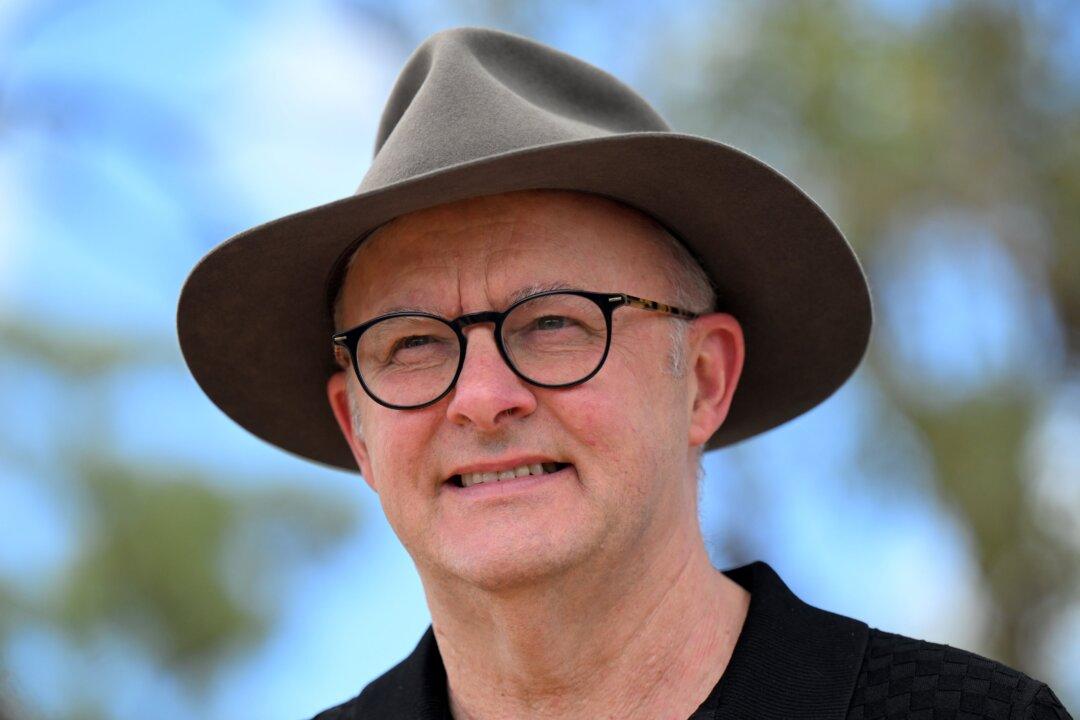Commentary
The Australian prime minister has promised that $4 billion (US$2.6 billion) of taxpayer’s money will be a “historic investment” in housing in remote communities across the Northern Territory.

The Australian prime minister has promised that $4 billion (US$2.6 billion) of taxpayer’s money will be a “historic investment” in housing in remote communities across the Northern Territory.